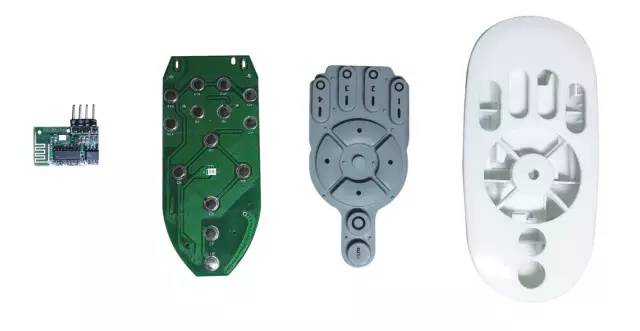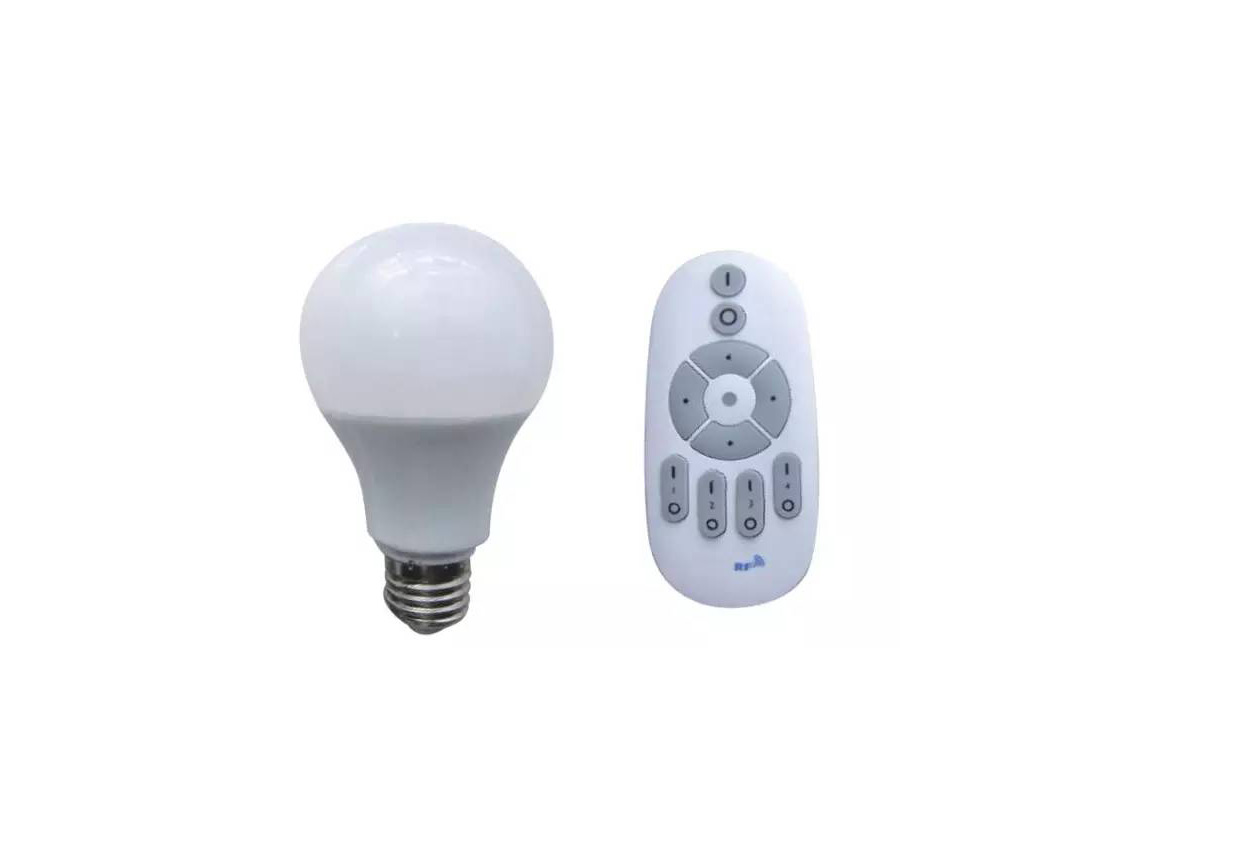2.4GHz Remote VS Infrared Remote:
2.4GHz remotes and infrared remotes are two common remote control technologies. Many companies face the dilemma of choosing the best option when developing their products. Let's explore the characteristics and distinctions of these two remote control types.

2.4GHz Remote:
Working Principle:
The 2.4GHz remote uses wireless radio wave transmission at a frequency of 2.4GHz to communicate. Inside the remote, a chip generates a 2.4GHz signal, which is sent via radio waves to the receiving device. The receiving device then decodes the signal and executes the corresponding commands.
Infrared Remote:
The infrared remote, on the other hand, emits infrared light signals that travel through the air to be received and decoded by the target device.
Advantages and Limitations:
2.4GHz Remote:
Advantages: This type offers a longer communication range and better penetration, without requiring direct alignment with the target device. It ensures stable signal transmission and is less affected by obstacles. Additionally, it supports complex operations and multifunctional control, making it suitable for extensive and intricate remote control needs.
Limitations: In high-density wireless environments, it may encounter interference from other devices, affecting signal stability. Moreover, manufacturing costs may be relatively higher compared to infrared remotes.
Infrared Remote:
Advantages: The infrared remote boasts lower manufacturing costs and is ideal for simpler remote control applications like TVs and air conditioners. Since its signal range is limited, it does not interfere with surrounding devices.
Limitations: For it to function, it requires direct alignment with the target device, has a shorter operating distance, and is more sensitive to obstructions. Hence, it is not well-suited for complex environments or long-distance remote control needs.
Application Scenarios:
The 2.4GHz remote, with its long communication range and stable signal transmission, finds broad applications in large remote-controlled vehicles, aircraft, drones, model ships, toys, and household appliances like remote-controlled lights and fans.

In conclusion, while the 2.4GHz remote is more powerful in terms of functionality, the infrared remote is better suited for specific scenarios. Yufan Microelectronics offers 2.4GHz RF chips with built-in MCUs for enhanced integration in remote controllers. If you need related product development solutions or 2.4GHz chips, please do not hesitate to reach out.



 MCU Solutions
MCU Solutions PCBA Solutions
PCBA Solutions
 FAQ
FAQ Contact Us
Contact Us
 Company News
Company News MCU News
MCU News PCBA News
PCBA News
 Company Profile
Company Profile Certificates
Certificates Terms & Conditions
Terms & Conditions Privacy Statement
Privacy Statement




 More information?
More information?


















